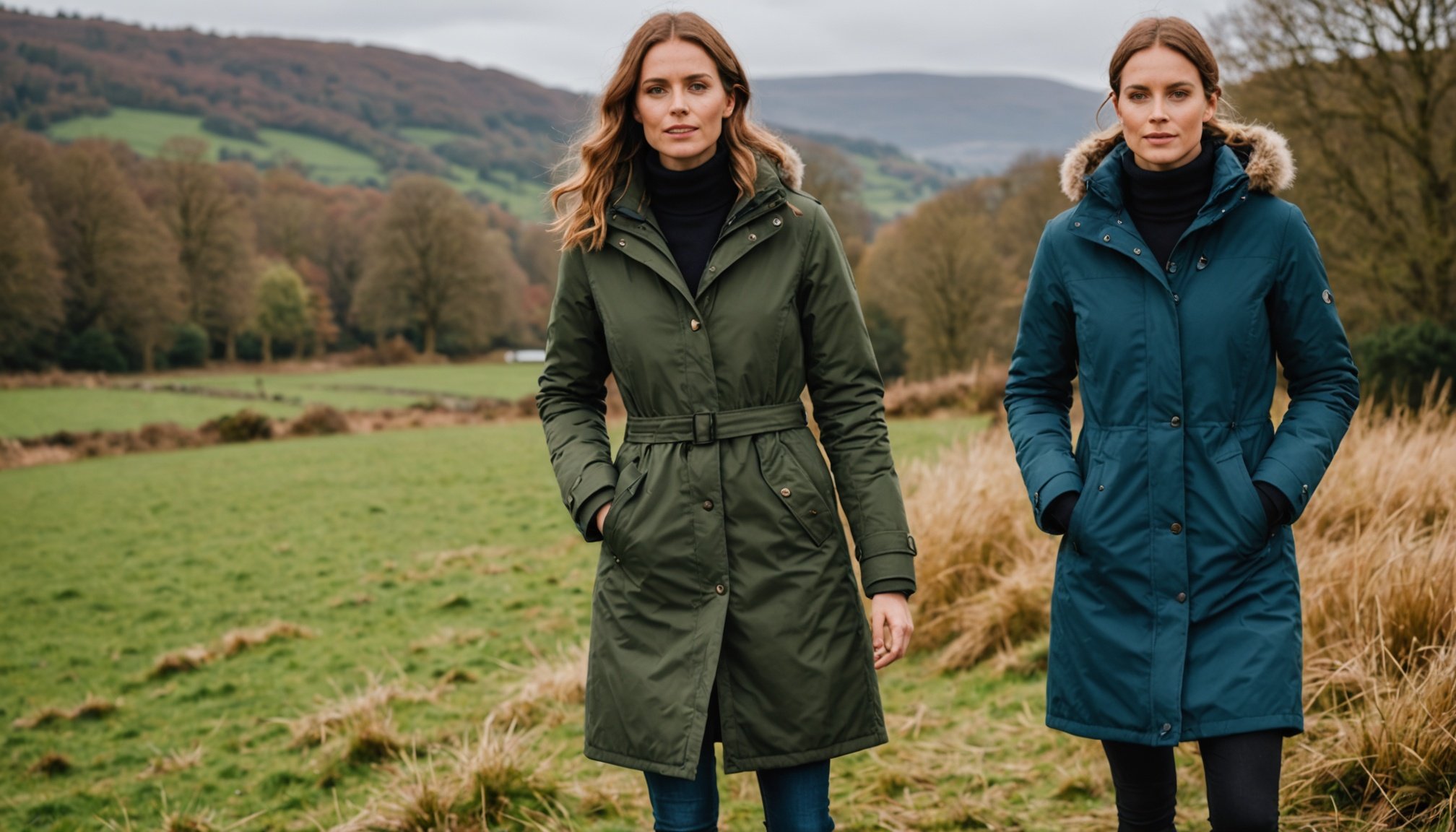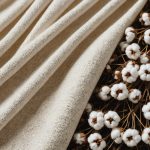Understanding Eco-Friendly Materials in Winter Coats
In the quest for sustainable fashion, eco-friendly materials are gaining prominence, especially in winter coats. These sustainable fabrics not only promote a healthier planet but also usually offer high-quality and functionality. Common eco-friendly materials include recycled fabrics, which are crafted by repurposing existing fibers, thus reducing waste and less dependency on raw materials. Similarly, organic materials like organic cotton and wool are produced without harmful pesticides and chemicals, reducing the impact on the environment.
Selecting winter coats made from eco-friendly materials provides many environmental benefits. Recycled fabrics minimize landfill waste and reduce the environmental footprint of manufacturing. In addition, using organic materials decreases the carbon footprint and promotes biodiversity. By embracing these sustainable fabrics, we collectively contribute to a more sustainable future without compromising on warmth or style.
Topic to read : Mastering the Art of Fashionable and Functional Winter Gym Wear for the UK
Certifications play a vital role in identifying truly sustainable products. Accreditations such as Global Organic Textile Standard (GOTS) and OEKO-TEX ensure consumers that the eco-friendly materials meet strict environmental and social criteria. These certifications are crucial for consumers wanting to make informed decisions and invest in genuinely sustainable fashion. As awareness grows, these standards help drive the fashion industry towards a more responsible and conscientious path.
Evaluating Brands Committed to Sustainability
In recent years, there’s been a significant shift towards sustainable brands and eco-friendly brands in ethical fashion. Consumers are increasingly aware of the importance of transparent practices in the clothing industry, particularly when shopping for winter coats. Embracing sustainable choices not only helps the planet but also supports ethical business models.
Have you seen this : Elevate Your Everyday Look: Tips for Adding a Glamorous Twist to Casual Outfits
Highlighting Leading Sustainable Winter Coat Brands
Various eco-friendly brands have made a name for themselves by producing high-quality, sustainable winter coats. These brands demonstrate a commitment to ethical practices and are often praised for reducing their environmental impact. By focusing on sustainable materials and energy-efficient manufacturing processes, these brands help set a benchmark in the ethical fashion sector.
Assessing Brand Transparency and Ethics
Brand transparent practices play a crucial role in building trust. Brands that clearly communicate their sourcing methods and production processes allow consumers to make informed decisions. Look for brands offering detailed insights into their supply chain, as this can be a significant indicator of their ethical commitment.
Evaluating the Impact of Brand Practices on Sustainability
Brands making a positive impact often engage in practices like using recycled materials and maintaining a low carbon footprint. Understanding a brand’s commitments, such as fair trade or cruelty-free products, can guide your choices. Be wary of greenwashing; instead, look for certifications and third-party audits to ensure genuine sustainability credentials.
Sustainable fashion is evolving, and you can be a part of the change by choosing brands with proven commitments to ethical and eco-friendly practices.
Performance Features of Eco-Friendly Winter Coats
When it comes to eco-friendly outerwear, selecting the right winter coat involves evaluating several performance features. Notably, insulation and waterproofing are essential aspects to consider. Insulation is the key to retaining warmth, and there are various options available for environmentally conscious buyers.
Eco-friendly insulation options include recycled polyester and natural fibres like wool or down obtained through sustainable practices. These materials offer excellent thermal regulation, ensuring you remain comfortable even in the harshest temperatures. Furthermore, many modern eco-friendly coats use innovative technologies to improve insulation without adding bulk, providing both style and functionality.
Waterproofing and breathability significantly contribute to a coat’s overall performance. A waterproof coat protects against moisture while maintaining breathability, preventing overheating and discomfort. Look for coats with eco-friendly water-resistant finishes, such as those using non-toxic technologies, ensuring the wearer stays dry without compromising the environment.
In summary, when choosing sustainable winter wear, focus on:
- Effective insulation for warmth
- Waterproofing to repel moisture
- Breathability for comfort
By prioritising these key features, consumers can ensure they select winter coats that provide optimal functionality while supporting eco-friendly practices.
Eco-Conscious Shopping Tips for Winter Coats
Shopping for winter coats in an environmentally conscious way involves considering several important factors. Let’s explore how responsible buying can lead to more sustainable choices.
Considering Longevity and Durability
The first principle of eco-conscious shopping is prioritizing longevity and durability. Opt for coats made from high-quality, sustainable materials. Natural fibres such as wool, organic cotton, or recycled materials tend to withstand wear and tear better than synthetic alternatives. This is not only environmentally beneficial but also cost-effective in the long run. Look for brands that offer repair services or warranties, which can extend the life of your coat and reduce consumer waste.
Finding the Right Fit for Maximum Versatility
Selecting a coat with the right fit and style is essential for responsible buying. Choose timeless designs that can be paired with various outfits. A well-fitted coat not only enhances versatility, allowing it to be worn in different settings, but also minimizes the likelihood of it being discarded prematurely. Consider adjustable features like cuffs or waist belts which provide flexibility and adapt to different body shapes.
Upcycling and Second-Hand Options
Second-hand shopping can be a significant part of sustainable shopping tips. Upcycling and thrift stores offer unique options for distinctive styles while reducing environmental impact. Discovering a pre-loved gem not only supports eco-friendly fashion but also embraces individuality.
The Role of Price in Eco-Friendly Winter Coats
The cost of eco-friendly coats can often be perceived as high, but understanding the pricing trends is key to appreciating their value. Sustainable pricing reflects not just the materials used but also ethical practices in production. When investing in sustainability, it’s crucial to consider both immediate expenses and long-term gains.
Investment in sustainability might initially seem substantial, yet it offers significant cost benefits over time. High-quality, eco-friendly winter coats are crafted to last, reducing the need for frequent replacements. By prioritising durability, these garments ultimately offer savings, contributing positively to both the consumer’s budget and the environment.
Moreover, comparing prices between sustainable brands and traditional retail options illuminates a notable variance. While eco-friendly coats generally have a higher upfront cost, sustainable fashion often incorporates innovative materials and ethical labour practices, which are factors absent in cheaper options. In essence, choosing sustainable brands represents a commitment not only to personal comfort and style but also to environmental stewardship.
In conclusion, the price of eco-friendly coats embodies more than a mere financial transaction; it is an investment in quality and responsibility. By understanding and embracing these complexities, consumers are empowered to make informed decisions aligning with both personal values and broader ecological concerns.
Care and Maintenance for Eco-Friendly Winter Coats
Taking care of your winter coats not only extends their lifespan but also supports sustainability efforts by reducing waste. With thoughtful care and practical maintenance tips, you can ensure your winter wardrobe remains both stylish and planet-friendly.
Washing and Drying Sustainable Fabrics
Properly washing and drying sustainable fabrics is key to maintaining their quality. Avoid harsh detergents; instead, opt for biodegradable alternatives that are gentle on fibers. Use cold water settings and a gentle cycle to prevent wear and tear. After washing, air-drying is ideal for most eco-friendly materials, preventing heat damage and further reducing your energy footprint.
Storing Winter Coats for Longevity
Storing winter coats properly ensures they remain in excellent condition for years. Clean them before storing to remove any dirt or oils. Use breathable garment bags made from recycled materials to prevent dust accumulation while allowing airflow. Hanging coats on sturdy wooden or padded hangers maintains their shape and avoids creases.
Repairing versus Replacing Winter Coats
When faced with a small tear or lost button, repairing your coat can be more sustainable than replacing it. Seeking out local tailors or learning basic sewing techniques can transform an old garment into new again, reducing waste and supporting a circular economy. Choose repairs over replacements to champion sustainability.











